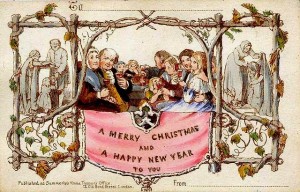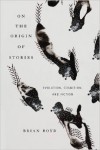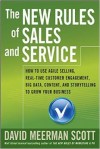Holiday cards have begun arriving. At home and the office.
Have they started landing in your nook or cranny of the world?

What story does a holiday card tell about the company that sends them?
More importantly, what story did the company intend to tell?
To me, most — okay, nearly all — of the cards I receive from businesses feel obligatory. Insincere. Also-ran. Half-ass.
My dad used to receive a card from an insurance agent each Christmas and birthday. Every single time, it read, “Because I care.”
Dad would say (sarcastically), “I’m relieved to learn that Scott still cares.”
What if you used holiday cards from your company as opportunities to handwrite a genuine, heart-felt thank you to your clients? What if you included details that made it obvious that card was written only to them?
Or what if you skipped the holiday card tradition altogether. And you personally called or visited all of your clients to say thank you?
Even a tradition that dates back to the Victorian era offers you an opportunity to tell a powerful story. One that distinguishes you and your organization from all the others out there.
Don’t waste this valuable opportunity!


